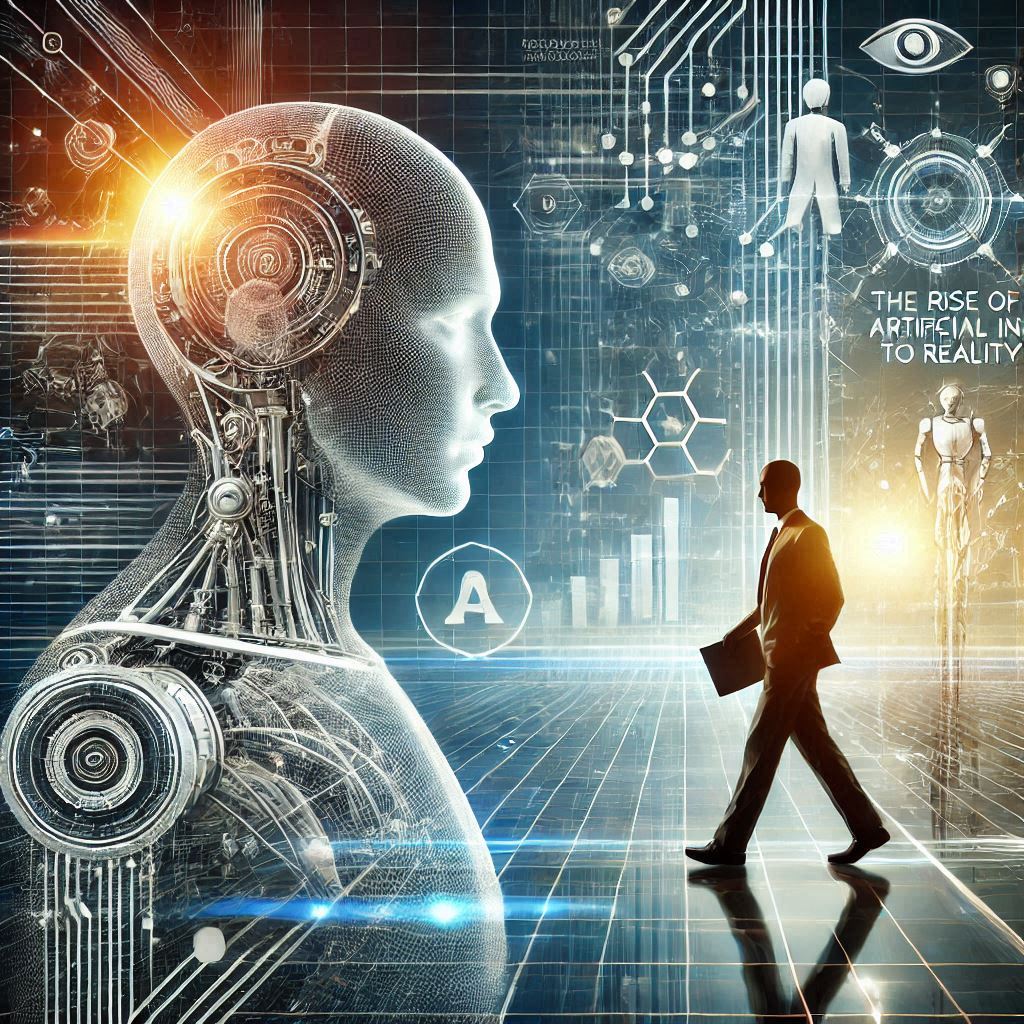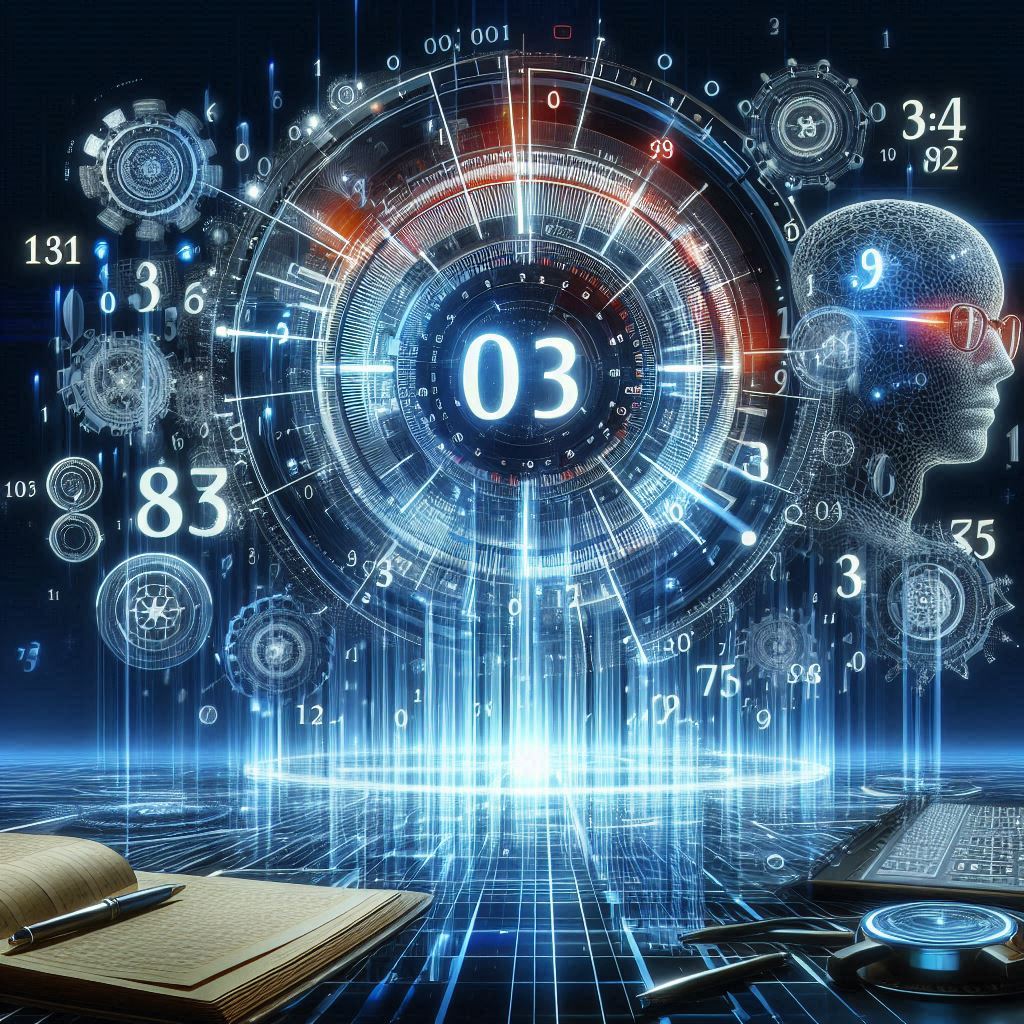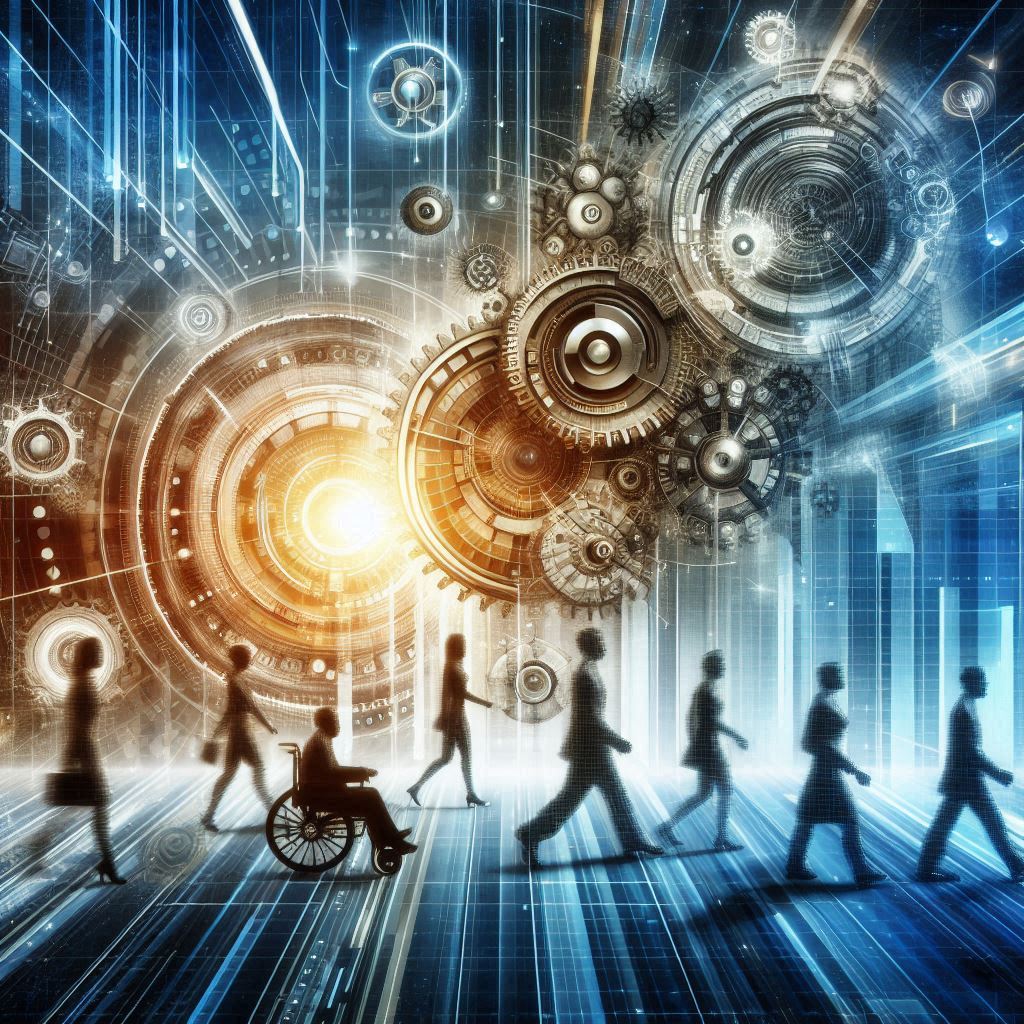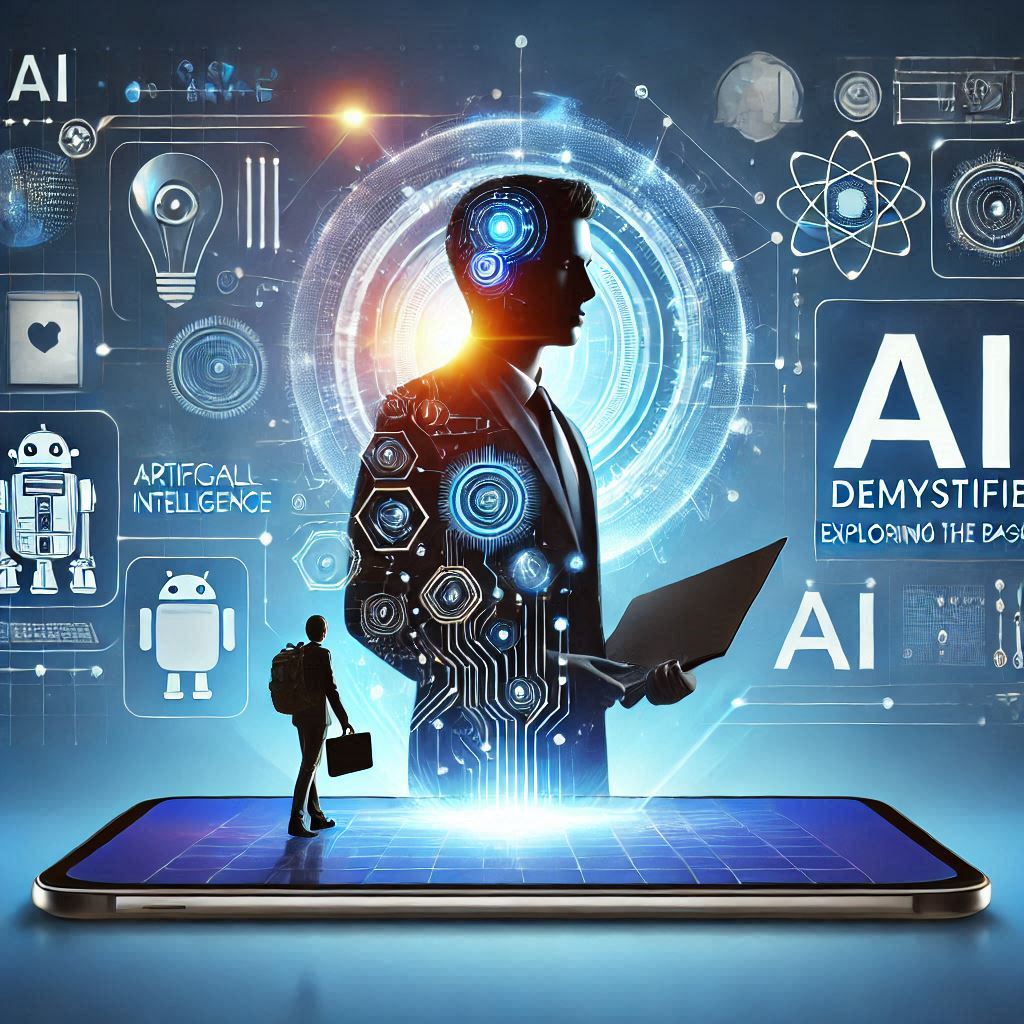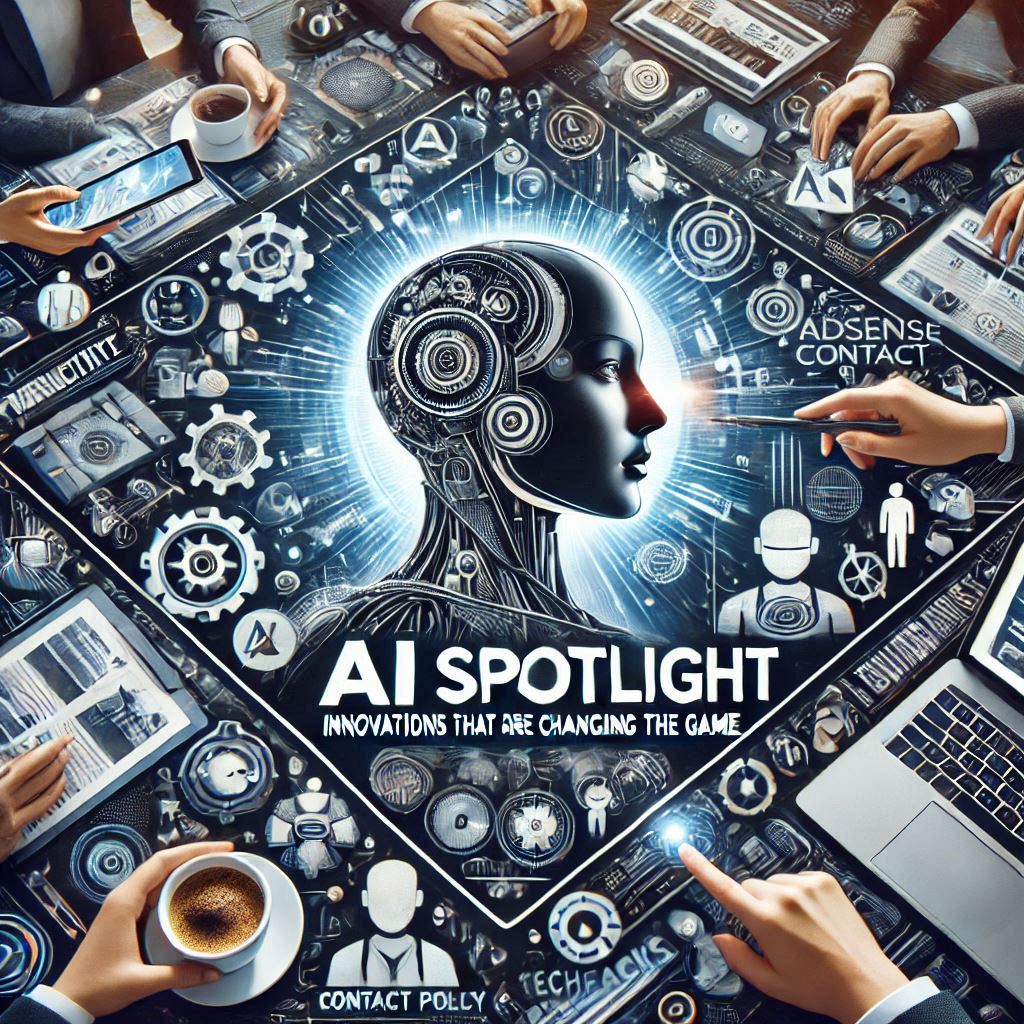Artificial Intelligence (AI) has transitioned from a fascinating theoretical concept to a transformative force in modern technology. With its ability to revolutionize industries, improve efficiencies, and solve complex problems, AI has become an integral part of our daily lives. From early speculations and basic algorithms to today’s sophisticated machine learning systems, the journey of AI has been one of immense growth and innovation. In this article, we’ll explore the rise of AI, from its theoretical foundations to its current applications and future potential.
1. The Theoretical Foundations of AI
The idea of machines that could think and reason like humans dates back centuries. Early philosophers and mathematicians pondered the possibility of artificial beings with cognitive abilities, but it wasn’t until the 20th century that AI truly began to take shape.
- Alan Turing and the Turing Test (1950): British mathematician Alan Turing is often considered the father of modern AI. In his landmark 1950 paper, “Computing Machinery and Intelligence,” Turing proposed the idea of a machine that could mimic human intelligence. He introduced the famous Turing Test, which is still used today as a benchmark for assessing a machine’s ability to exhibit intelligent behavior indistinguishable from that of a human.
- Early Concepts of AI (1950s-1960s): During the 1950s and 1960s, computer scientists began to explore the idea of creating machines that could simulate human thought. Pioneers like John McCarthy, who coined the term “artificial intelligence” in 1956, and Allen Newell and Herbert A. Simon, who developed the Logic Theorist, laid the groundwork for AI research. These early systems were designed to solve specific problems and perform tasks that required logical reasoning.
Why it matters: The foundational work done by Turing and others provided the theoretical underpinnings of AI and sparked a wave of research that would eventually lead to the development of modern AI technologies.
2. The First AI Systems: Symbolic AI and Expert Systems
In the 1960s and 1970s, researchers developed early AI systems that were designed to solve specific problems using rules and knowledge-based approaches.
- Symbolic AI: Symbolic AI, also known as “Good Old-Fashioned AI” (GOFAI), focused on creating machines that could manipulate symbols and use logical rules to make decisions. This approach was based on the idea that human intelligence could be replicated by processing symbols and applying predefined rules. Early AI systems like ELIZA (a chatbot created in the 1960s) and SHRDLU (a system capable of understanding simple commands in a block world) were notable examples of symbolic AI.
- Expert Systems (1980s): In the 1980s, AI research shifted toward the development of expert systems, which were designed to mimic the decision-making abilities of human experts in specific fields. Expert systems like MYCIN, which was used to diagnose bacterial infections, demonstrated the potential of AI to assist professionals in fields such as healthcare and law.
Why it matters: These early AI systems laid the foundation for more advanced technologies by proving that machines could perform tasks that required human-like expertise, though they were still limited to predefined rules and logic.
3. The Advent of Machine Learning: Moving Beyond Rules
While early AI systems were rule-based, researchers soon realized that human intelligence is not just a set of logical rules but involves learning from experience. This led to the development of machine learning, a subset of AI focused on enabling machines to learn from data and improve their performance over time.
- Neural Networks and Deep Learning: In the 1980s and 1990s, the development of neural networks—computational models inspired by the human brain—marked a turning point in AI research. These networks are composed of layers of interconnected “neurons” that process information in a way similar to the way the human brain works. Neural networks laid the foundation for deep learning, a more advanced form of machine learning that involves training multi-layered neural networks to recognize patterns in large datasets.
- The Rise of Big Data (2000s-Present): As the digital world grew, so did the availability of vast amounts of data. The proliferation of smartphones, social media, and IoT devices generated massive datasets, which were used to train machine learning models. With the increasing power of computing hardware (such as GPUs), deep learning models became capable of analyzing complex data sets and solving problems that were previously unsolvable.
- Breakthroughs in Machine Learning: In recent years, machine learning has achieved significant breakthroughs. For example, in 2012, a deep learning algorithm developed by researchers at the University of Toronto won the ImageNet competition, marking a turning point in computer vision. Since then, machine learning has been applied to a variety of fields, from natural language processing (e.g., Google Translate) to self-driving cars (e.g., Tesla’s Autopilot).
Why it matters: Machine learning has taken AI beyond simple rule-based systems, enabling machines to learn from data, improve their performance, and solve more complex tasks. This shift has been critical in advancing AI’s real-world applications.
4. AI in the Modern World: Transforming Industries
Today, AI is no longer a theoretical concept or an experimental technology—it’s a pervasive force that’s reshaping industries and improving efficiency across sectors. From healthcare to finance, AI is enhancing decision-making, driving innovation, and automating routine tasks.
- Healthcare: AI is revolutionizing healthcare by improving diagnosis accuracy, personalizing treatment plans, and automating administrative tasks. Machine learning algorithms are being used to analyze medical images, predict patient outcomes, and assist doctors in making more informed decisions. AI is also enabling drug discovery, as algorithms can sift through vast datasets to identify potential drug candidates.
- Finance: In finance, AI is used for fraud detection, algorithmic trading, and customer service. AI-powered chatbots are becoming a common feature in customer service, providing instant assistance to users. Additionally, machine learning algorithms are used to detect unusual patterns in financial transactions, helping prevent fraud.
- Automotive Industry: Self-driving cars, powered by AI, are one of the most exciting applications of artificial intelligence. Companies like Tesla, Waymo, and Uber are developing autonomous vehicles that use AI to navigate and make decisions in real-time, with the goal of reducing accidents and improving traffic efficiency.
- Consumer Applications: On a personal level, AI is embedded in products and services that millions of people use daily. From voice assistants like Siri and Alexa to recommendation engines on platforms like Netflix and Amazon, AI is making it easier for consumers to access information, entertainment, and products.
Why it matters: AI’s widespread adoption is having a profound impact on industries, streamlining processes, reducing costs, and enhancing the overall user experience. Its potential to innovate continues to grow as technology advances.
5. Ethical and Societal Implications of AI
As AI continues to evolve, it brings with it a host of ethical, social, and economic challenges. Concerns about job displacement, algorithmic bias, privacy, and the potential for AI to be used in harmful ways are at the forefront of discussions surrounding AI.
- Job Displacement: Automation driven by AI could replace jobs in fields such as manufacturing, customer service, and transportation. While AI has the potential to create new opportunities, the transition may cause disruptions in the workforce, particularly for those whose jobs are at risk of being automated.
- Bias in AI: Machine learning algorithms are only as good as the data they are trained on, and biased data can lead to biased decisions. For example, AI systems used in hiring or law enforcement have been found to replicate and even exacerbate existing biases, leading to unfair outcomes.
- AI and Privacy: AI systems that collect and analyze personal data raise concerns about privacy and data security. As AI-powered tools become more integrated into daily life, it’s essential to address the potential risks to individuals’ privacy.
Why it matters: As AI becomes more integrated into society, it’s crucial to consider the ethical implications and ensure that AI is developed and used responsibly. Addressing these concerns will help ensure that AI benefits society while minimizing harm.
6. AdSense Compliance: Monetizing AI Content
For websites discussing AI technologies, it’s essential to comply with Google AdSense’s content policies to maximize revenue opportunities. Here are some key best practices:
- Focus on Original, High-Quality Content: AI is a rapidly evolving field, so it’s essential to provide your audience with accurate, up-to-date information. High-quality, informative content that explains AI concepts, breakthroughs, and applications will engage users and keep them coming back for more.
- Ensure Compliance with AdSense Guidelines: Make sure your content follows Google’s policies on prohibited content, including misleading or inaccurate claims about AI capabilities, products, or services. Avoid clickbait titles and ensure that your ads do not interfere with the user experience.
- Optimize User Experience: A clean, well-organized website that is easy to navigate will help increase user engagement and encourage visitors to explore your content further, boosting both traffic and ad performance.
Conclusion
The rise of Artificial Intelligence has been one of the most significant technological transformations in recent history. From its theoretical roots in the minds of early pioneers like Alan Turing to its present-day applications in industries like healthcare, finance, and automotive, AI has proven its potential to revolutionize how we live and work. While challenges remain, including ethical concerns and the impact on jobs, AI continues to evolve, opening new possibilities for the future. By staying informed and engaged with this technology, we can better understand its potential and ensure that its development benefits society as a whole.
